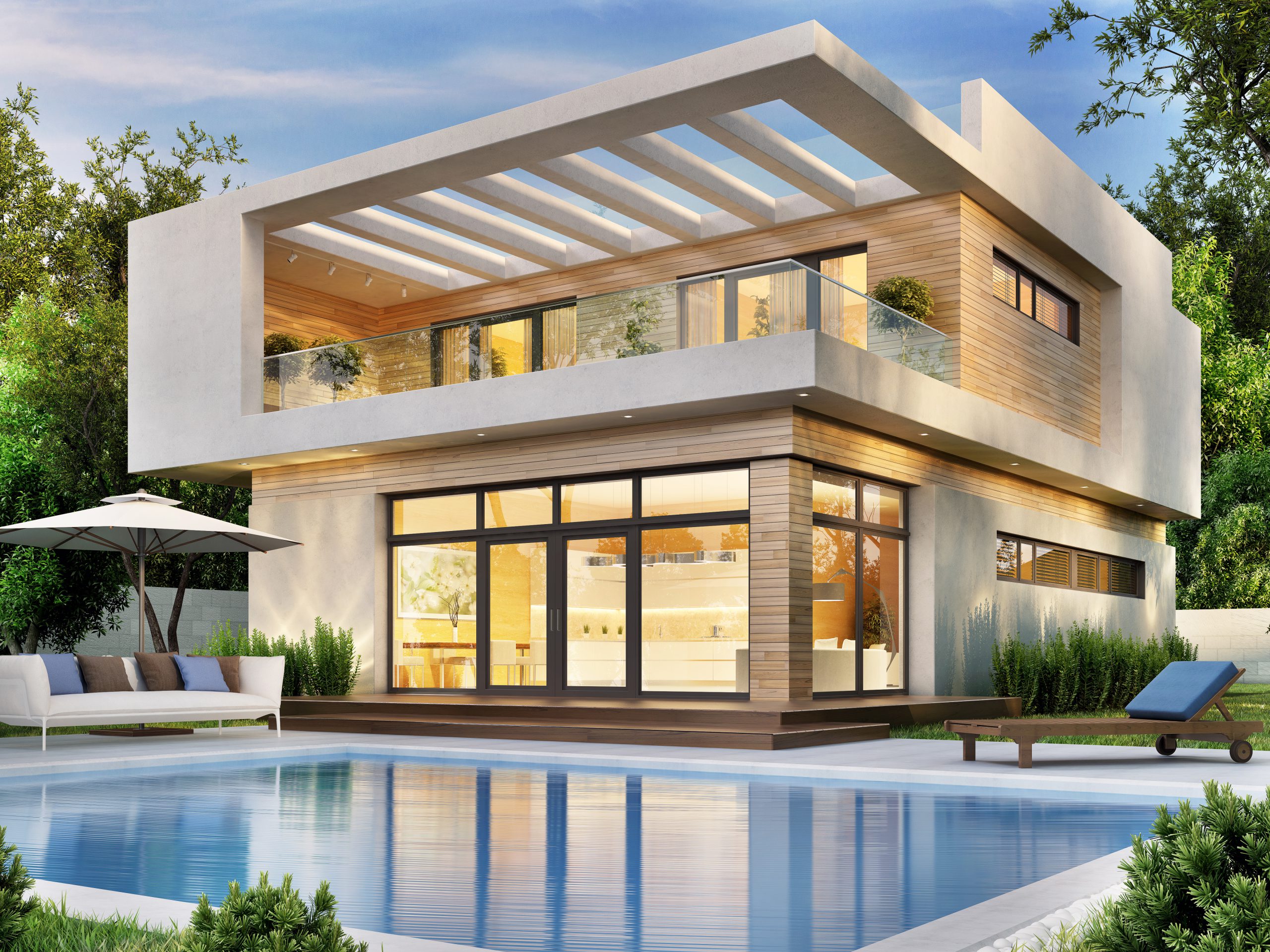
Creating your dream home can depend as much on how you want to furnish it as the location, size and architecture style.
Knowing whether you want to live in a contemporary-styled home, or one that embraces a minimalist or shabby chic interior design, is likely to influence the types of property you’ll want to inspect.
Many buyers begin their journey not really knowing what they want. They can cite their preferred neighborhood, price range and number of bedrooms, but that’s where it often stops.
They motivate themselves with the belief that, “I’ll know it when I see it” – and there’s nothing wrong with that! But sometimes, especially if your search is proving long and arduous, it helps to think about the interior designs that appeal to you.
As an experienced local real estate agent, I’ve learned that the styling of a home can often be a great guide for locating an ideal property.
If you’re having trouble finding your next dream home, I’ve made a list of interior designs that will help you. Search on the web for photos of each style and I’m sure that it will re-energize your search.
- Modern – This is a wide-reaching term but normally refers to homes with a simple palette and clean, crisp lines. You’ll find glass, metal and stainless steel are prominent, especially in the kitchen and bathrooms.
- Contemporary – This word is often used in the same way as modern. But there’s a subtle difference. “Contemporary” homes can be older and not so slavish to interiors that feature glass and steel.
- Minimalist – This is pretty self-explanatory. Take a modern home and declutter like your life depended on it. Colors are neutral and the furnishings angular and simple but elegant. It’s all about space and room to breathe.
- Hamptons – This is an iconic American approach and speaks to the beautiful whites and hues of blue on Long Island, New York State. Furnishing is predominantly wood, and if you close your eyes and you would swear you could hear the waves crashing on to the east coast beaches.
- Scandinavian – Think Ikea, and you’re not too far off the market. Elegant, light, pressed timbers and understated but high quality furniture are all accentuated by beautiful warm lighting. The palette is dominated by white, and artwork is used to add color, character and texture.
- Industrial – This takes its influence from 1930s Germany. It’s most effective in apartments in renovated warehouses or other industrial buildings. You’ll see a lot of brick, high ceilings, air ducts and original timbers.
- Mid-Century – Many homes will fit this description. Their design rejects earlier art deco styling, embraces functionality and is relatively simple. It’s a popular look for homes built in the 50s and 60s.
- Traditional – Lots of furniture and knick-knacks. The wood of the furniture is dark and heavy and the cloth thick with colorful embroidery. Wallpaper and rooms with a feature color on one wall is part of this scene.
- Transition – This was a midway point between “Traditional” and “Contemporary” and is commonly seen by most buyers in search for their dream home.
- French Country / Rustic – Inspiration here comes from the European farmhouse. You’ll find colors earthy and warm, complementing exposed brick. Furniture is heavy and durable, often with intricate carving.
- Bohemian – Natural fibers are popular in this style. Rugs, wall-hangings and cushions are a major feature, along with displays of knick-knacks and little treasures. More than anything, though, pretty much anything goes in a Bohemian design.
- Shabby chic – Similar to “Bohemian” but with a more delicate, feminine approach. This style is big on pastels and creams. Statement lighting fixtures and wall hangings are essential. Porcelain plates on walls and occasional tables full of photos and collectables are a big thing.
